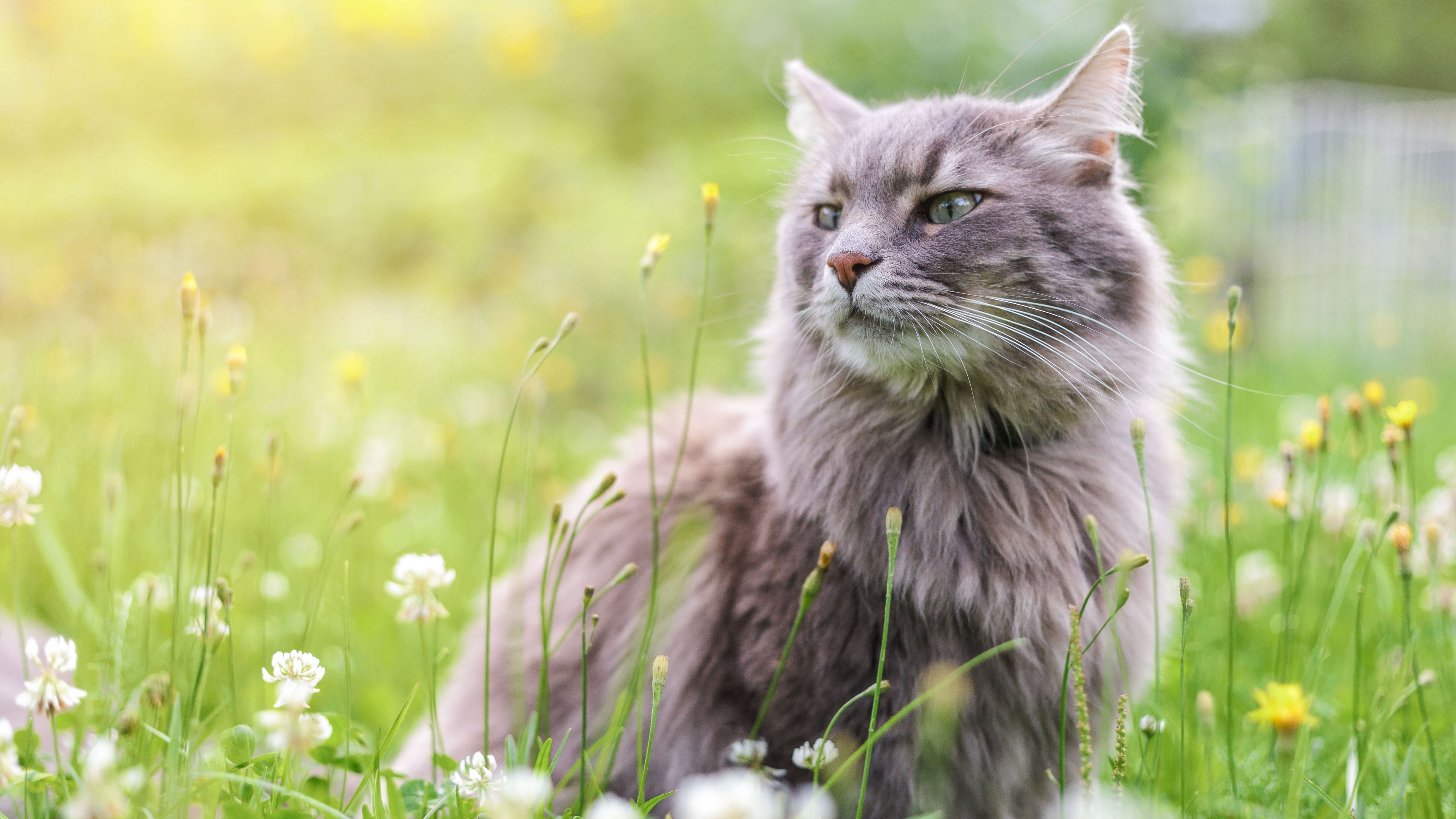
Understanding what happens during a pet euthanasia appointment
We will guide you through what to expect, and how to prepare, ensuring you can focus on your pet in their final moments

Saying goodbye to a beloved pet is one of the hardest decisions a pet owner can face. Euthanasia can be a compassionate and peaceful way to prevent further suffering when a pet’s quality of life has declined. While the process can feel overwhelming, understanding what happens during a pet euthanasia appointment can help bring clarity and comfort during this emotional time. This article will guide you through what to expect, and how to prepare, ensuring you can focus on your pet in their final moments.

Making the hard decision
How to know when it’s time to euthanise a pet
It is always a very hard decision to put your pet to sleep as they are part of the family, this decision can be made by looking at your pet’s quality of life:
- are they in pain?
- are they no longer eating and drinking normally?
- are they no longer going to the toilet normally?
- are they no longer able to keep themselves clean?
- has their behaviour changed?
- how are you coping looking after them?
- how are they coping overall?
Depending on what your answers are, if you think this is a sign that your pet is struggling, speak to your vet to see if there are ways to make your pet comfortable or if it is time to say goodbye.

Preparing to say goodbye
If you decide the time has come, a vet or a nurse will explain the whole process of putting your pet asleep. If your pet is suffering your vet may advise you to euthanise him/her immediately, or if it is not urgent an appointment can be scheduled so that you and your family can spend more time with them before saying goodbye.
Make time for your entire family to say goodbye. If you have children, explain what's happening in advance to help them prepare for the loss of their friend.
If your pet is in the hospital, you can come before and during the euthanasia to be with your pet if you wish.

What to expect during pet euthanasia?
The actual process of putting a pet to sleep is painless and involves the injection of an anaesthetic overdose. This is usually given into a vein, just as a normal anaesthetic would be. Pets quickly fall asleep and usually pass away while the injection is still being given.
We can place a cannula, usually into the front leg, to make this process as simple and stress-free as possible or administer the anaesthetic. Sometimes, it is hard to get access to a vein, for example, if your pet doesn't like to be held, in such cases we may give a sedation to your pet to help them relax.
Some pets will not move at all after they have been put to sleep, but it is perfectly normal to see some muscle movement or even something that looks like deep breathes for a few minutes after they have passed away. This is not a sign of life but just automatic muscle movements that can continue for a few minutes after death – it is not a reason for worry or concern. We always make sure that a pet has passed away by feeling the pulse, listening to the heart and checking reflexes.

Can I stay with my pet until the end? Should I?
This decision is very personal, some owners wish to stay until the end and have some time with their pet after they have passed, while some others wish to leave before the process begins.
Should I bring my family or children with me?
Many pet owners like to bring family members to the appointment at this sad moment for comfort and closure. Sometimes even children wish to come to say goodbye, it is always advisable to explain to them beforehand what is going to happen.
What happens to my pet’s body afterwards?
There are several options to consider after a pet has been put to sleep.
It is possible to take the pet home after it has been put to sleep for burial in the garden.
If this is not an option, then the pet can stay with us, and we can arrange cremation at a pet crematorium. Usually, pets are cremated together (communal cremation).
It is also possible for us to arrange an individual cremation at the crematorium. In this case the pet is cremated on its own and the ashes are returned – usually in a wooden casket with a name plate – for the owner to collect at the surgery or in a card box with the ashes to scatter.
Some owners prefer to make their own arrangements with a pet crematorium or pet cemetery.
Pet euthanasia costs
It is always best to discuss and pay the costs for the whole procedure before so when the moment comes it is possible to concentrate only on your pet.
Coping with the loss of a pet
Pet grieving support resources
Here are some resources which you may find useful in coping with the loss of a pet:
Blue Cross Pet Bereavement Support Service (PBSS), Freephone 0800 096 6606
PDSA National Collection of Pet Memories, Freephone 0300 3737 226
Cat's Protection Paws to Listen free and confidential grief support service, Freephone 0800 024 94 94
Written by Dr. Mariella Roberts, Veterinary Surgeon, Animal Trust Vets CIC
Published February 2025 | Review date February 2027
This advice is for UK pets only

